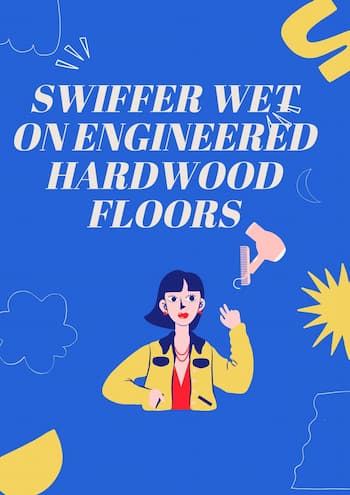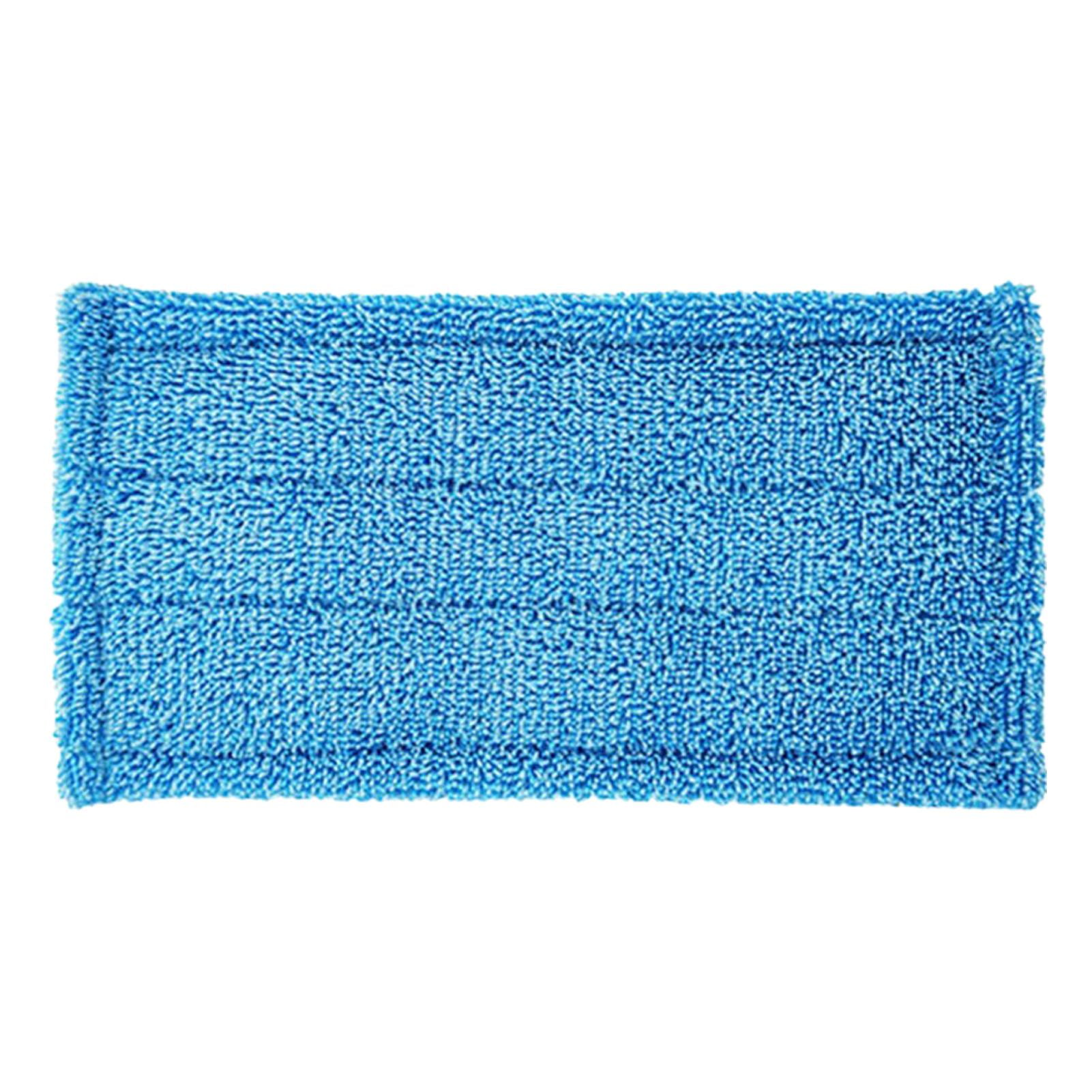Ever since their introduction, Swiffer WetJet mops have become a beloved cleaning staple in many households. Their ease of use and quick drying time seem like a dream come true for busy families, but a question lingers in the minds of many hardwood floor owners: are Wet Swiffers truly safe for their precious floors?

Image: cutefloor.com
The truth is, the answer isn’t a simple yes or no. Like many cleaning products, Wet Swiffers come with their own set of pros and cons when it comes to hardwood floors. In this article, we’ll delve deep into the potential downsides of using Wet Swiffers on hardwood, explore alternative cleaning methods, and provide you with all the knowledge you need to make an informed decision for your home.
Understanding Hardwood Floor Care
Hardwood floors are a beautiful and durable addition to any home, but they require specific care to maintain their shine and longevity. Understanding the fundamentals of hardwood floor care is crucial before delving into the Wet Swiffer debate.
The Importance of Moisture: A Double-Edged Sword
Hardwood floors are made from natural wood, a material that reacts differently to moisture. While a light dampness during cleaning is acceptable, excessive moisture can cause problems. The wood can swell, warp, or even develop mold or mildew. Additionally, moisture can damage the finish, causing dullness or peeling.
The Impact of Cleaning Products
Not all cleaning solutions are created equal when it comes to hardwood floors. Harsh chemicals, acidic solutions, or those with high concentrations of alcohol can damage the finish, leaving your floors dull and prone to scratches. Opting for specialized hardwood floor cleaners is generally recommended.

Image: www.walmart.com
Wet Swiffers: A Controversial Cleaning Tool
Wet Swiffers, with their convenience and quick drying time, offer a compelling solution for cleaning hardwood floors. However, they also come with drawbacks that need to be considered.
The Potential Dangers: Moisture and Chemicals
The primary concern with Wet Swiffers is their potential for introducing too much moisture onto the floor. While the manufacturer claims the mops are designed to leave a minimal amount of moisture, the reality is that overuse or improper cleaning can lead to excessive dampness, putting your hardwood at risk.
Furthermore, the cleaning solutions used with Wet Swiffers can also be a concern. While many WetJet formulas are advertised as safe for hardwood, their effectiveness and long-term impact on the finish can vary. Some solutions may contain harsh chemicals that could strip the protective finish from the wood, leaving it vulnerable to scratches and stains.
The Case for Moderation
Wet Swiffers can be a suitable option for light cleaning, specifically for quick spills or general dust removal. However, they should not be your primary method for deep cleaning or regular maintenance. Overusing Wet Swiffers can contribute to moisture buildup and potential damage to the floor.
Sustainable Alternatives: Choosing the Right Cleaning Approach
Fortunately, there are many effective and safer alternatives to Wet Swiffers when it comes to maintaining your hardwood floors. These methods prioritize low moisture and specialized cleaning solutions designed specifically for hardwood.
Embrace the Power of Microfiber
Microfiber mops are excellent alternatives to Wet Swiffers. They are highly effective at picking up dirt and dust with minimal water. Use a microfiber mop with a damp (not soaking wet) cleaning solution specifically formulated for hardwood floors, ensuring to wring out excess water before mopping.
The Magic of Steam: A Gentle Cleaning Option
Steam mops offer a gentle way to clean hardwood floors. The steam effectively lifts dirt and grime, while the controlled heat reduces the risk of over-wetting the wood. Choose a steam mop with adjustable settings to prevent excessive steam release.
The Classic Yet Effective: A Dry Dust Mop
For routine cleaning, a good old-fashioned dry dust mop can go a long way. Simply sweep away dust and debris to prevent build-up and the need for harsher cleaning methods. Remember to change the dust mop cover frequently to avoid spreading dust instead of cleaning it.
Beyond the Mop: Additional Tips for Hardwood Floor Care
Beyond cleaning products, other factors play a crucial role in maintaining the health of your hardwood floors. Implement these tips alongside your chosen cleaning routine to maximize their lifespan and beauty.
Regular Cleaning: Don’t Neglect the Basics
Regular cleaning is essential. Daily sweeping or vacuuming with a brush attachment helps remove dust and debris, preventing buildup and scratches. Ensure the vacuum has a brush attachment that is gentle on the hardwood finish.
Placement Matters: Protect from Sunlight
Direct sunlight can fade and damage hardwood floors. Minimize sun exposure by placing rugs, window coverings, or furniture strategically. A faded finish can make the floor appear dull and uneven.
Mind Your Shoes: Keep Grit Out
Shoes bring in dust, grit, and dirt, which can scratch and damage the hardwood floor. Consider using a doormat or requesting guests to remove shoes at the entrance. Alternatively, consider using shoe covers to protect your floors from unwanted particles.
Are Wet Swiffers Bad For Hardwood Floors
The Final Verdict: Knowledge Is Power
In the debate over Wet Swiffers and hardwood floors, knowledge empowers you to make informed decisions for your home. While Wet Swiffers can be convenient for light cleaning, they should not be your primary method for maintaining the beauty and longevity of your hardwood floors. Embrace alternatives like microfiber mops, steam mops, and dry dust mops to achieve a safe and effective cleaning routine. By understanding the potential risks and implementing the right cleaning practices, you can ensure your hardwood floors remain gleaming and beautiful for years to come.





